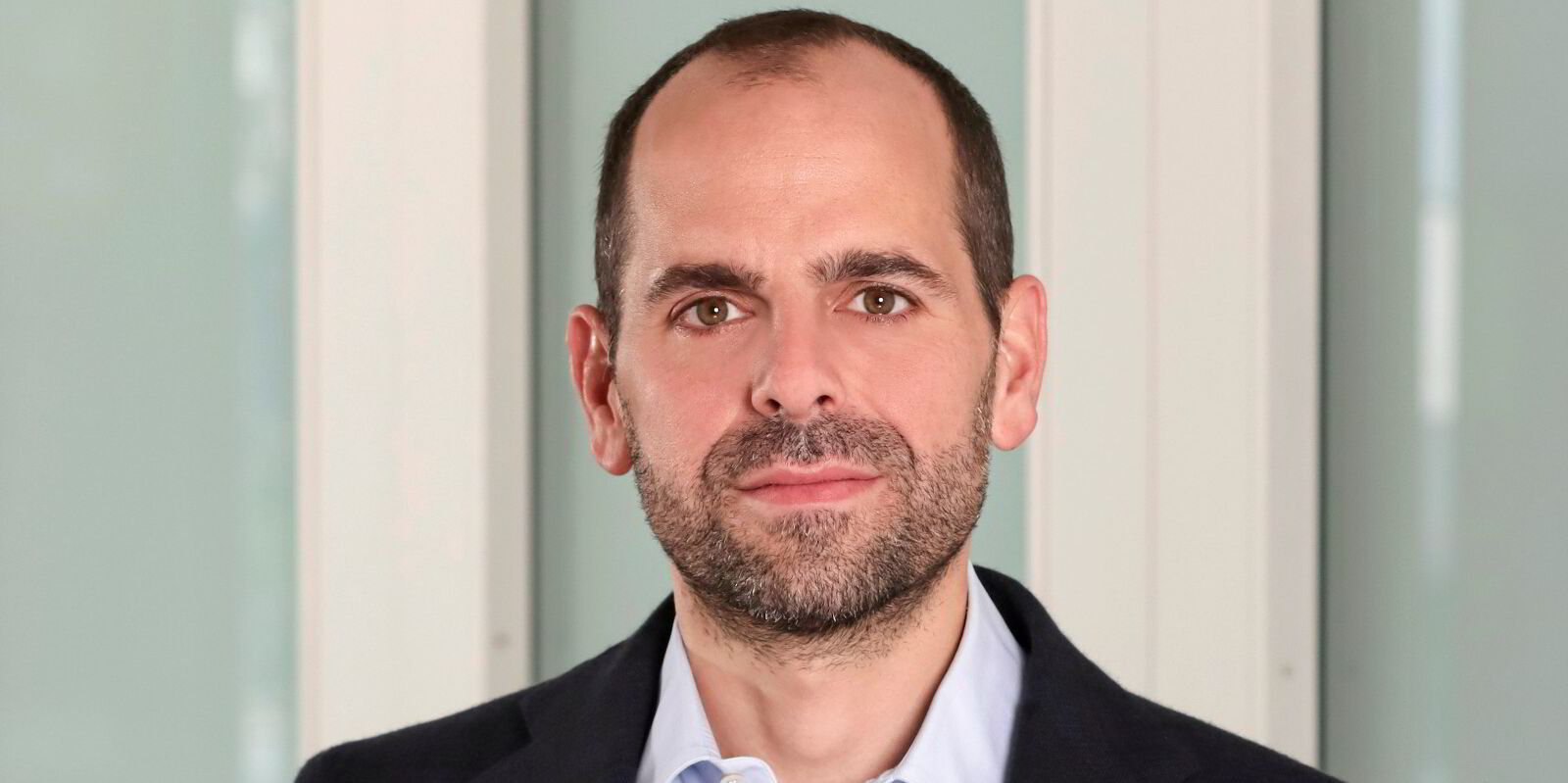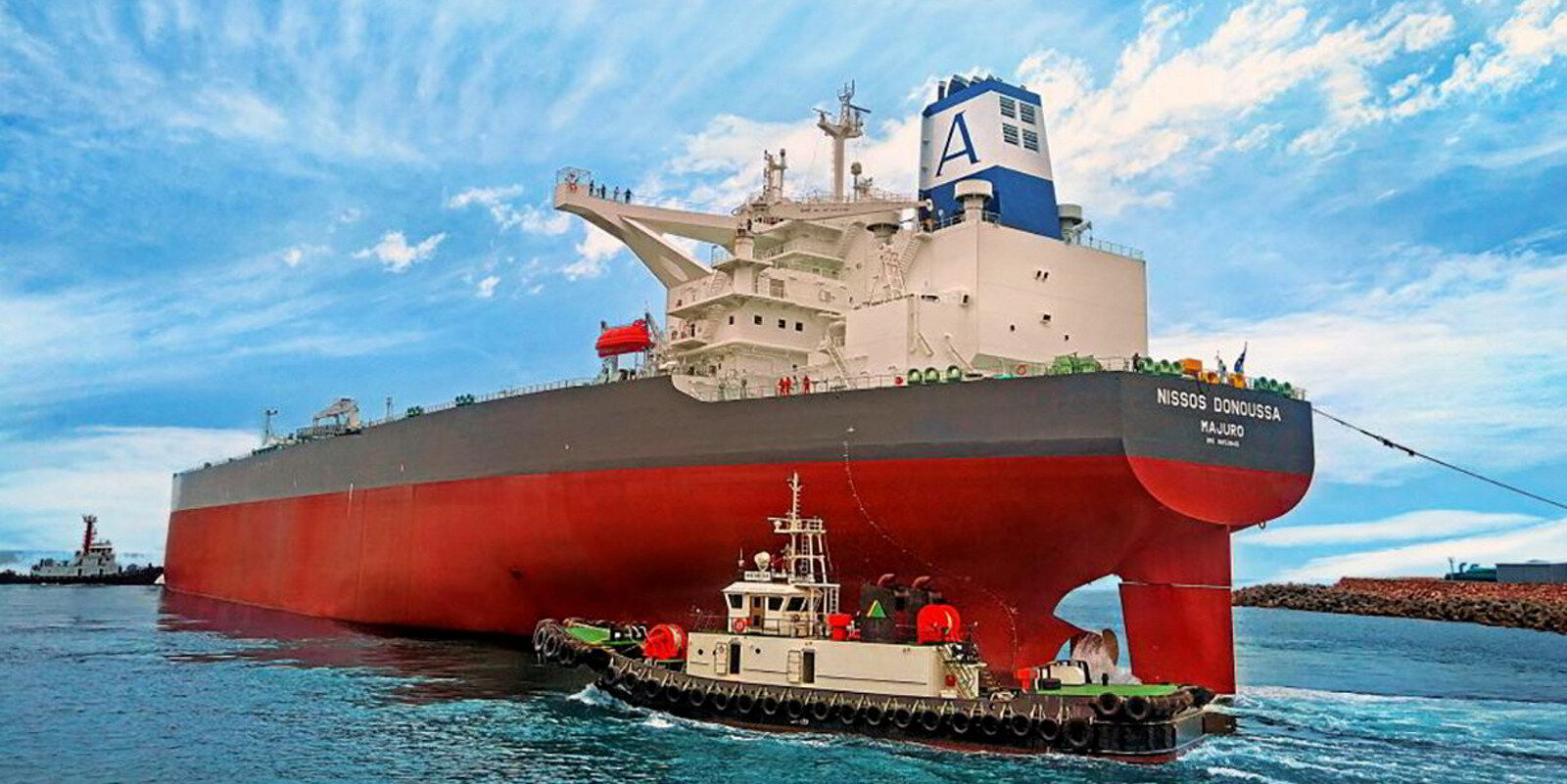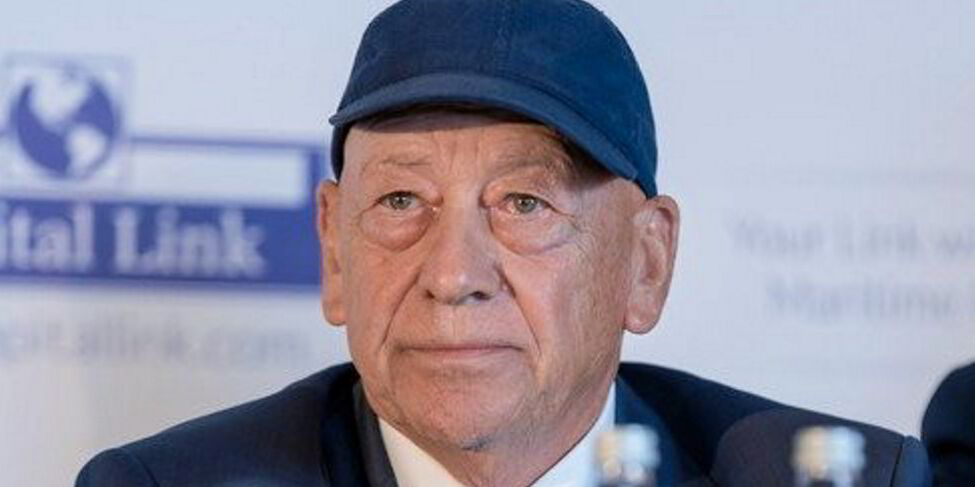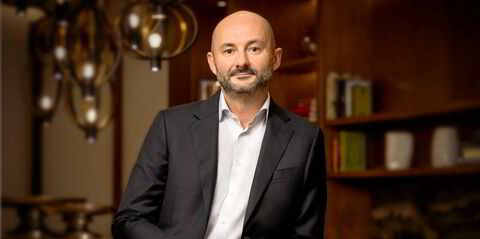Okeanis Eco Tankers is positioning itself to pounce on winter volatility in the crude tanker market after the fourth quarter started below expectations.
After the New York-listed owner of VLCCs and suezmaxes reported third quarter earnings, chief executive Aristides Alafouzos told analysts that the fourth quarter so far has “materially underperformed” expectations.
He cited many factors, including poor arbitrage opportunities that kept Atlantic market cargoes in the West, a US hurricane season that hampered US exports and weak Chinese demand.
“Even winter temperatures and weather delays have not crept in yet. Right now in Athens is 20 degrees and sunny,” he said, referring to the temperature in Celsius.
“I do believe we will see winter volatility at some point this winter, and this will allow us to lock in some good fixtures, but we need to be patient and remain positioned to grab these when they come in.”
Okeanis’ strategy has included cleaning up one of its VLCCs during the quarter, effectively turning it into an LR4 product tanker, so it could perform a clean product voyage that outperformed the rate on a dirty backhaul.
Alafouzos said the voyage is also longer than a typical backhaul route, so the vessel will come open later in the quarter, at a time when the market is stronger.
The company fixed one VLCC that came open in the West, for a long-haul voyage going east.
As it focuses on triangulation opportunities for VLCCs coming open in the East, in the West it is waiting for better market conditions to emerge.
“Our focus is on maintaining positions to fix at attractive front-haul business when rates firm,” Alafouzos said. “But we’re not fixated on this, and we take opportunities to fix long-haul business east when we find good opportunities.”
So far in the fourth quarter, Okeanis has fixed 63% of its VLCC days at an average of $46,900 per day, which represents 26% outperformance on peers.
And in its suezmax fleet, 70% of fourth-quarter days are booked at an average of $40,200 per day, which he said represents 23% outperformance.
Looking further out, the chief executive said he sees an encouraging outlook on the supply side for both VLCCs and suezmaxes, as the newbuilding orderbook remains controlled and the fleet ages.
“In both asset classes, approximately 25% of non-eco vessels are expected to face challenges in meeting regulatory requirements,” he said.
He said declining yard capacity is also a significant factor.
“It limits replacement potential and increases competition for newbuild slots, especially as yards prioritise higher margin-projects like LNG carriers and container ships,” he said.
“In summary, the combination of shrinking yard capacity and an ageing fleet creates a more competitive supply environment with limited new build capacity, we anticipate that fleet renewal will struggle to keep pace with retirements,” he said.





